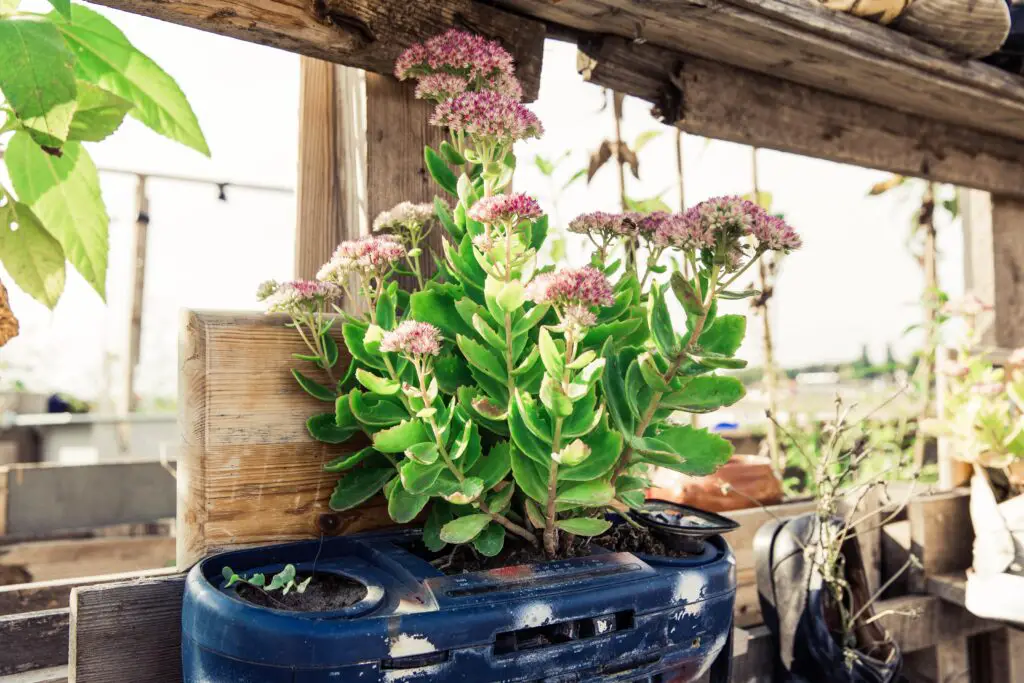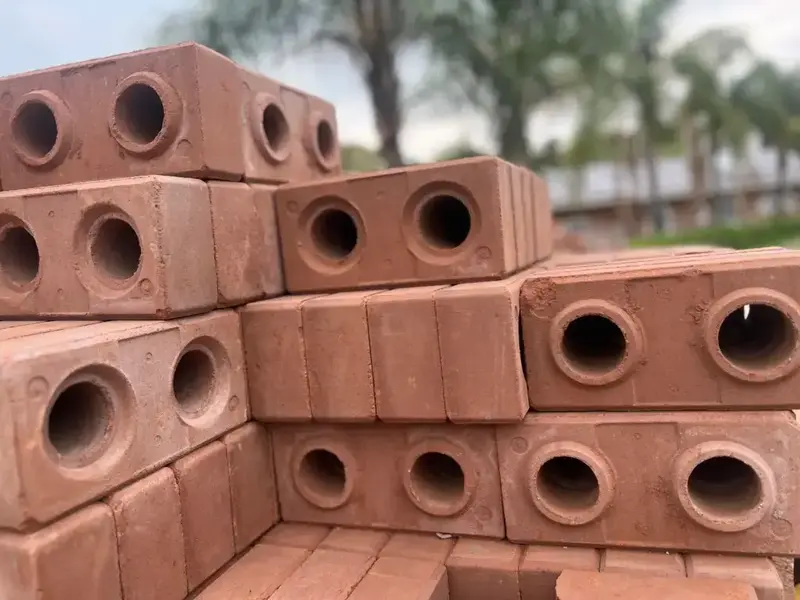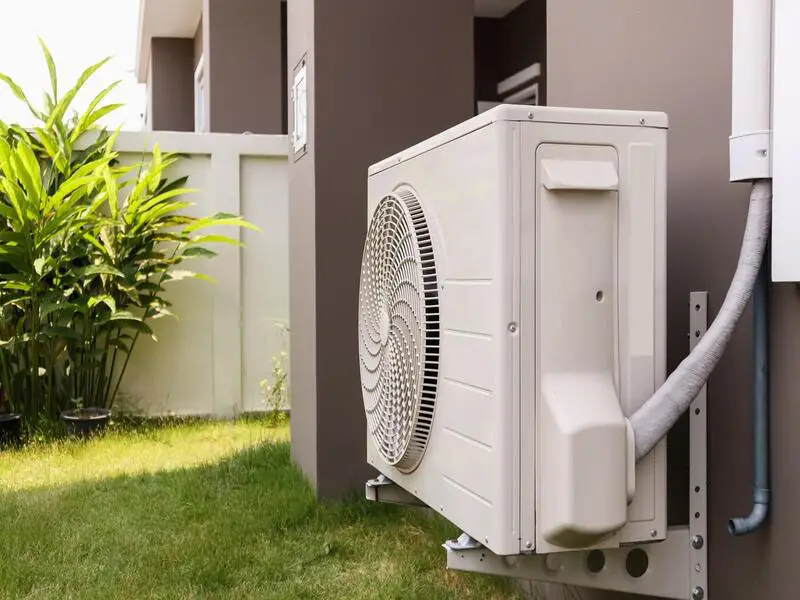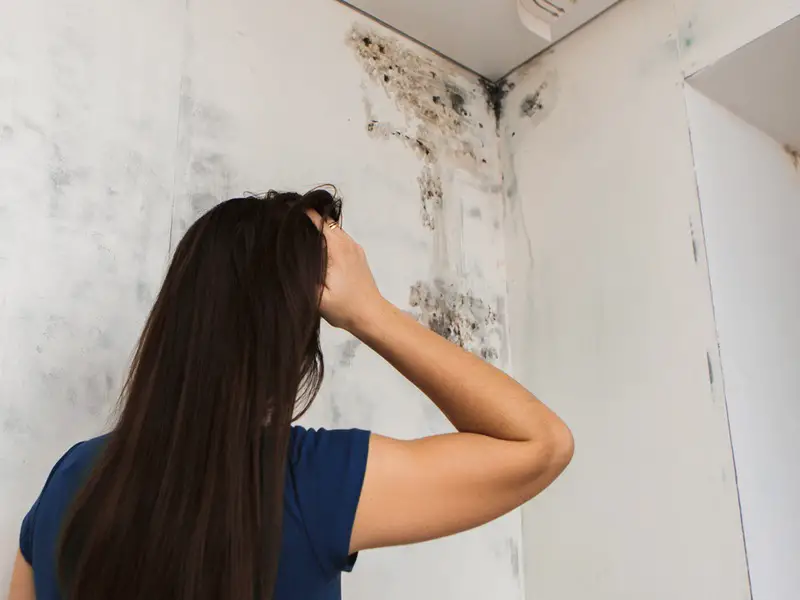In times of climate change and environmental concerns, many people are seeking ways to live more sustainably. This can also be applied to gardening! Creating a sustainable garden is not only beneficial for the environment, but it can also help save natural and financial resources. In this article, we will provide tips and information on how to create a sustainable garden that is beautiful, practical, and eco-friendly.
Choose the Right Plants
Choosing the right plants is a critical aspect of creating a sustainable garden. By selecting the right plants, you can reduce the amount of water, fertilizer, and pesticides needed, which benefits both the environment and your wallet.
One of the best ways to choose the right plants is by selecting native and climate-adapted species. Native plants are already adapted to the local environment, so they require less care and are more resistant to pests and diseases. They are also important for preserving biodiversity, as they provide habitat and food for local wildlife. Climate-adapted species, on the other hand, are specifically bred to withstand the environmental conditions in your area, so they are more likely to thrive.
Another essential factor to consider when choosing plants for your sustainable garden is whether they are perennials or annuals. Perennials, which live for more than one year, require less replanting than annuals, which means less time and money spent on planting new flowers and plants. Additionally, perennial plants can help maintain soil structure and retain moisture, which is vital for environmental conservation.
Lastly, it is important to avoid plants that require a lot of fertilizer and pesticides. These chemicals can contaminate the soil and water, leading to environmental damage. Instead, choose plants that have natural defense mechanisms, such as strong smells or toxic substances that repel insects. This way, your garden will be healthier and more sustainable.
Create an Efficient Irrigation System
Creating an efficient irrigation system is crucial for maintaining a sustainable garden. A well-designed irrigation system can help you save water, reduce your water bills, and conserve precious resources. Here are some tips to help you create an efficient irrigation system for your garden:
One of the best options for efficient irrigation is to install a drip irrigation system. Drip irrigation delivers water directly to the plant roots, minimizing water loss due to evaporation or surface runoff. This type of system is particularly useful in arid regions, where water is scarce. Drip irrigation systems are also great for reducing weed growth, as water is only delivered to the plants you want to grow.
Another effective way to conserve water in your garden is to use rainwater. Installing a rainwater harvesting system can help you collect and store rainwater, which can then be used for irrigation during dry spells. You can use a variety of systems, such as rain barrels or cisterns, to collect and store rainwater. Using rainwater not only reduces your reliance on potable water but also helps prevent floods by diverting excess water away from your property.
When designing your irrigation system, it’s important to consider the layout of your garden and the specific watering needs of your plants. Some plants require more water than others, so it’s important to group them accordingly. You can also use mulch to help retain moisture in the soil, which reduces the amount of water needed for irrigation.
Use Recycled and Natural Materials in Gardening
Using recycled and natural materials in your garden can be an easy and fun way to make your gardening more sustainable. Here are some ideas to help you get started:
One way to use recycled materials in your garden is to repurpose containers for planting. Instead of buying new pots, you can reuse items such as old bottles, cans, and tires to plant your seedlings. Not only does this reduce waste, but it can also be a creative and cost-effective way to decorate your garden. You can also create vertical gardens by repurposing old pallets or hanging baskets.
Another way to incorporate natural materials in your garden is to use compost. Composting is a natural process that breaks down organic matter into nutrient-rich soil. You can create a compost bin in your garden to recycle food scraps, leaves, and other organic materials. Using compost in your garden can help improve soil health and reduce the need for chemical fertilizers.
In addition to composting, you can also use natural mulch to help retain moisture in the soil and prevent weed growth. Mulch is made from a variety of materials, such as leaves, grass clippings, and wood chips. It not only helps your plants retain water, but it also adds nutrients to the soil as it breaks down.
Finally, consider using natural pest control methods in your garden. Instead of using harsh chemicals, you can plant companion plants that repel pests or use natural sprays made from ingredients such as garlic, vinegar, and neem oil.

Learn to do Natural Pest Control
Gardening can be a rewarding activity, but dealing with pests can be a frustrating experience. Chemical pesticides are often used to control pests, but they can harm the environment, wildlife, and even humans. Therefore, learning how to do natural pest control can be a sustainable and healthier option for your garden.
One of the first steps to natural pest control is prevention. Keeping your garden clean and tidy can help prevent pests from taking hold. Regularly removing weeds, dead leaves, and debris can help keep your garden healthy and reduce the likelihood of pests. Additionally, proper soil preparation and crop rotation can also help reduce the incidence of pests and diseases.
Another natural pest control method is to use companion planting. Companion planting involves planting certain plants together that can benefit each other by repelling pests or attracting beneficial insects. For example, planting marigolds or garlic with your vegetables can repel pests such as aphids, while attracting pollinators like bees and butterflies.
Using natural predators can also be an effective pest control method. Introducing natural predators such as ladybugs or praying mantis to your garden can help control pests such as aphids or caterpillars. Additionally, installing bird feeders and birdhouses can attract birds that will feed on garden pests.
If pests do take hold in your garden, there are many natural pest control solutions you can use. For example, soapy water can be used to control aphids, spider mites, and other small pests. Simply mix a few drops of dish soap with water and spray onto the affected plants. Vinegar can also be used to control weeds and unwanted grasses, while essential oils such as peppermint and eucalyptus can repel insects.
Save Water in Your Garden
Water conservation is an important aspect of sustainable gardening. With the increasing water scarcity worldwide, it is important to be mindful of the amount of water we use in our gardens. By following some simple tips, we can reduce water usage and still maintain a beautiful and healthy garden.
One way to save water is by using mulch. Mulch helps to retain moisture in the soil, reducing the need for frequent watering. Mulch can be made from various natural materials such as leaves, grass clippings, straw, and bark. Applying a layer of 2-3 inches of mulch around the base of plants can reduce evaporation and keep the soil cool.
Another way to save water is by choosing drought-tolerant plants. These plants are adapted to dry conditions and require less water to thrive. Some examples of drought-tolerant plants include lavender, yucca, and succulents. These plants can add beauty to your garden while reducing water usage.
Capturing and reusing rainwater is another effective way to save water in your garden. You can install a rain barrel or cistern to collect rainwater, which can then be used for watering your plants. This not only saves water but also reduces your water bill.
Regular maintenance of your irrigation system is also important for water conservation. Inspect your irrigation system regularly for leaks and adjust it according to the needs of your plants. Watering early in the morning or late in the evening can also reduce water loss due to evaporation.
Composting and Recycling Organic Waste
Composting and recycling organic waste is not only an effective way to reduce the amount of waste going to landfills, but it is also a great way to provide essential nutrients to your garden. By breaking down organic materials such as food scraps, leaves, and branches, you can create a nutrient-rich compost that can be used to improve soil health and promote plant growth.
To start composting, you can use a compost bin or make a compost pile in a suitable location in your garden. It is important to maintain a proper balance of green and brown materials in your compost. Green materials, such as vegetable and fruit scraps, grass clippings, and coffee grounds, provide nitrogen, while brown materials, such as dry leaves, wood chips, and shredded paper, provide carbon.
It is also important to turn your compost regularly to allow for proper aeration and to help break down the materials more quickly. In addition, you should keep your compost moist but not too wet, as excessive moisture can lead to unpleasant odors and slow down the composting process.
In addition to composting, you can also recycle other organic waste materials in your garden. For example, you can use fallen leaves as mulch to retain moisture in the soil and suppress weeds. You can also use eggshells and coffee grounds to add nutrients to the soil and repel pests.
By composting and recycling organic waste in your garden, you will not only be reducing waste and improving soil health, but also promoting a more sustainable and environmentally-friendly approach to gardening.
Conclusion
In conclusion, creating a sustainable garden is an excellent way to contribute to a greener and healthier future. By following the six steps discussed in this article, you can reduce the environmental impact of gardening, save resources and money, and still enjoy a beautiful and pleasant space.
By choosing the right plants, controlling pests and diseases naturally, using recycled and renewable materials, saving water, and adopting composting and recycling of organic waste, you will be doing your part to preserve the environment and create a sustainable and conscious garden.
So, let’s get to work! Put these tips into practice and create a sustainable garden that is an example for the community and for future generations.




